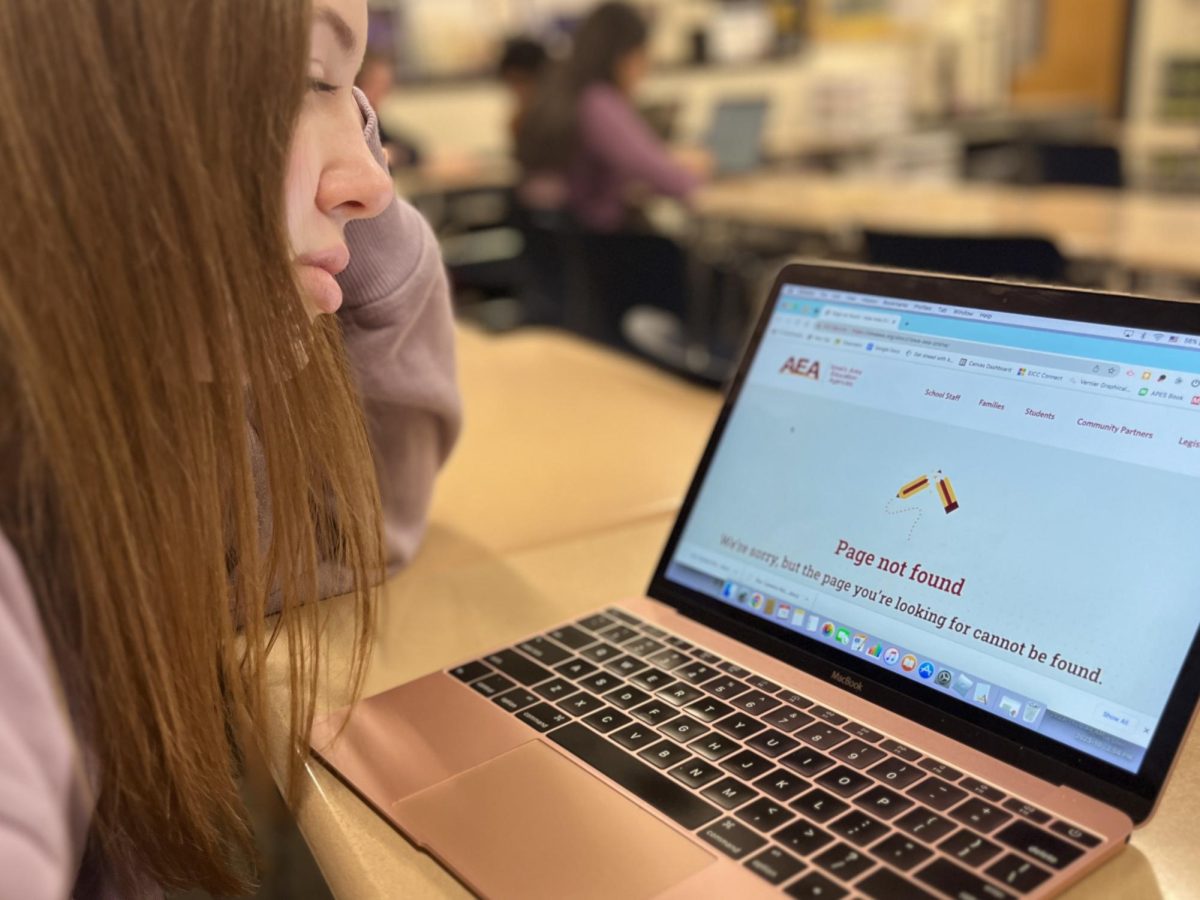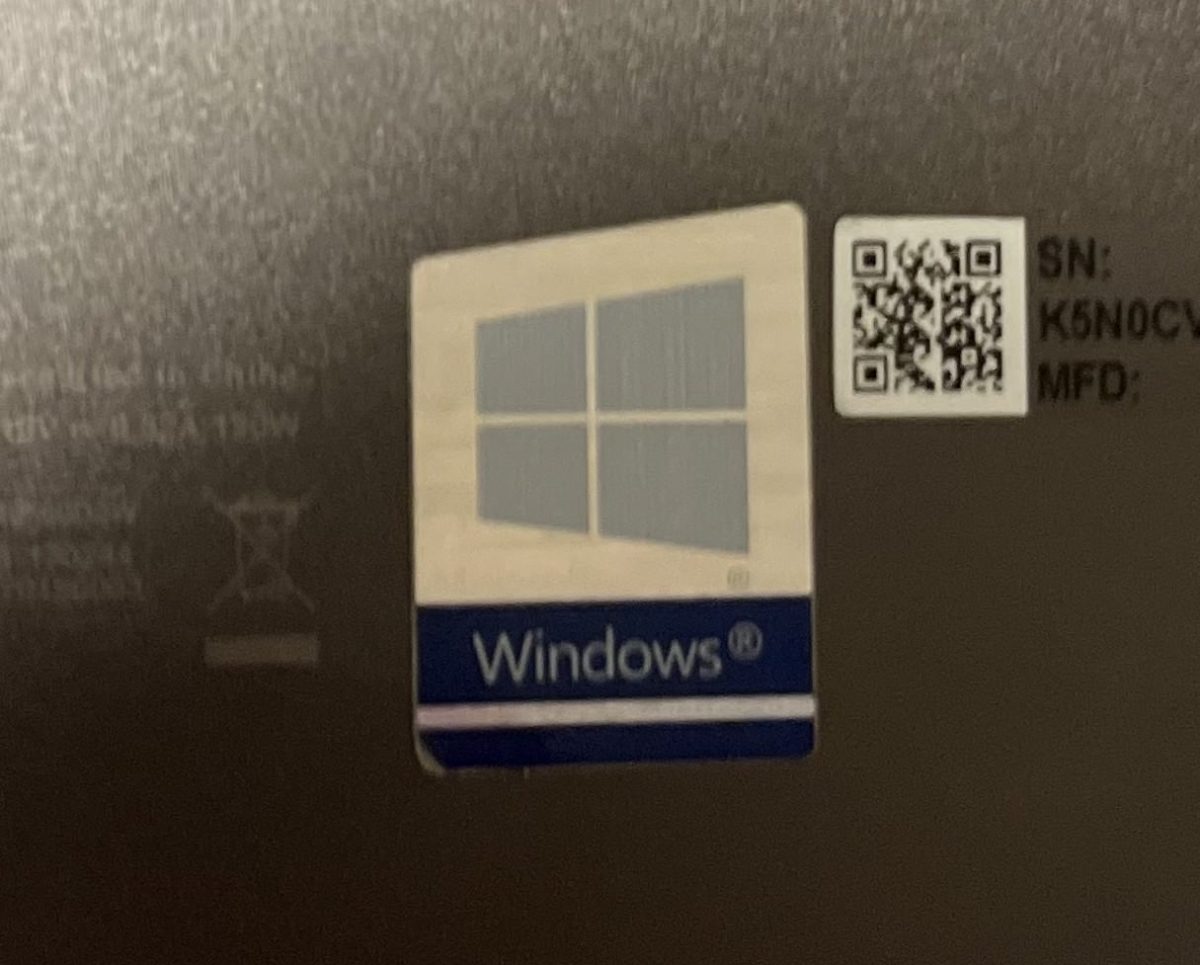The new Samsung Galaxy S9 kicks off the 2018 smartphone game. It is very similar to the Samsung Galaxy S8, last year’s model; however, that is not necessarily a bad thing, as it takes everything that worked with that model, fixes some mistakes and adds a few new features.
One source of controversy with this new smartphone is the fact that Samsung labels it, “The Smartphone Reimagined.” However, there is not a significant difference between the S8 and the S9. Much of the fundamental features are the same, such as the overall front facing design, software and screen. Nevertheless, there have been a few changes that Samsung wants to highlight.
A camera is one of the fundamental components of a smartphone, and Samsung has definitely stepped up their game with the S9’s camera. The camera now has a super slow-motion video feature and a variable aperture, the first of its kind in a smartphone. The camera aperture, or opening that allows light into the camera, had always been constant. The variable aperture, on the other hand, behaves much like the human eye. The human pupil dilates and expands based on the amount of light that it needs to accept. Therefore, it is perfectly adaptable to many situations and environments, able to see in near pitch black but also able to handle a large amount of light, on a bright and sunny day.
The Samsung Galaxy S9 is the first smartphone to have a variable aperture. Basically, the opening in the camera shrinks and opens based on the amount of light that the user wants to let in. Therefore, in higher light situations, the aperture will close down to a f/2.4 opening to get a sharp and clear image. In very low light situations, it will open up to a f/1.5 (noted as the largest smartphone aperture ever). This variable aperture is extremely useful, as it is adaptable to any lighting situation without compromising visibility or picture quality.
A lower aperture means a larger camera opening, so more light can come in, and vice versa. Smartphones have always been trying to lower this aperture number in order to let more light in so that pictures can be taken in low-light situations with better quality.
However, a low aperture is a double edged sword, with high-light photos often coming out blurry and not as high quality as it would be with a higher aperture. Smartphone companies such as Apple, Google and, previously, Samsung, have always accepted this problem and lowered the aperture anyway. The iPhone 10 has a f/1.8 aperture and the Google Pixel 2 has a f/1.8 aperture as well. The Samsung Galaxy S8 also had a similar number, a f/1.7 aperture.
The Samsung Galaxy S9’s variable aperture does away with some of the problems associated with a constant aperture. The opening in the camera shrinks and opens based on the amount of light that the user wants to let in. Therefore, in higher light situations, the aperture will close down to a f/2.4 opening to get a sharp and clear image. In very low light situations, it will open up to a f/1.5, which is noted as the largest smartphone aperture in history. This variable aperture is extremely useful, as it is adaptable to any lighting situation without compromising visibility or picture quality.
Another feature included in the Samsung Galaxy S9 is a super slow-motion setting. On this setting, a video can be recorded at 960 frames per second at 720p. These numbers are impressive, as most other phones have only hit 240 frames per second.
However, this super slow-motion feature does come with a catch. First, it can only record a few seconds of real time video. This can pose a problem because you will have to start recording at a very specific time to capture rapid video. To combat this problem, Samsung added an automatic tracking feature, in which a box would appear on the screen. The user could move this box around. Whenever the phone sensed rapid movement in this box, then the phone would start recording, partially resolving the problem of the very short recording time.
There are a few other small changes and specifications relating to the Galaxy S9 from the previous model. The screen has smaller upper and lower bezels than the Galaxy S8, but the infinity display design is the same as the Galaxy S8 and Note 8. On the back of the device, the fingerprint reader has been moved to under the camera, due to massive scrutiny of the placement on the Galaxy S8. The headphone jack will remain on the device.
The speakers are now stereo speakers, with another speaker being placed on the top of the device. These speakers feature Dolby ATMOS technology, and will be 1.5 times louder than last years. The Galaxy S9 is also waterproof with an IP68 rating and will have a 3000mAh battery with improved efficiency. Wireless charging and wireless fast charging will also be available.
It will cost $719.99 directly from Samsung, but the price varies from retailer to retailer. It is available to pre-order currently in the USA, with the release date set for March 16, 2018. Colors available in the US are Midnight Black, Lilac Purple and Coral Blue.
The Samsung Galaxy S9 has set a high bar for the 2018 smartphone game. One can only wonder what the competitors, like Apple and Google, will create to match this new device.














